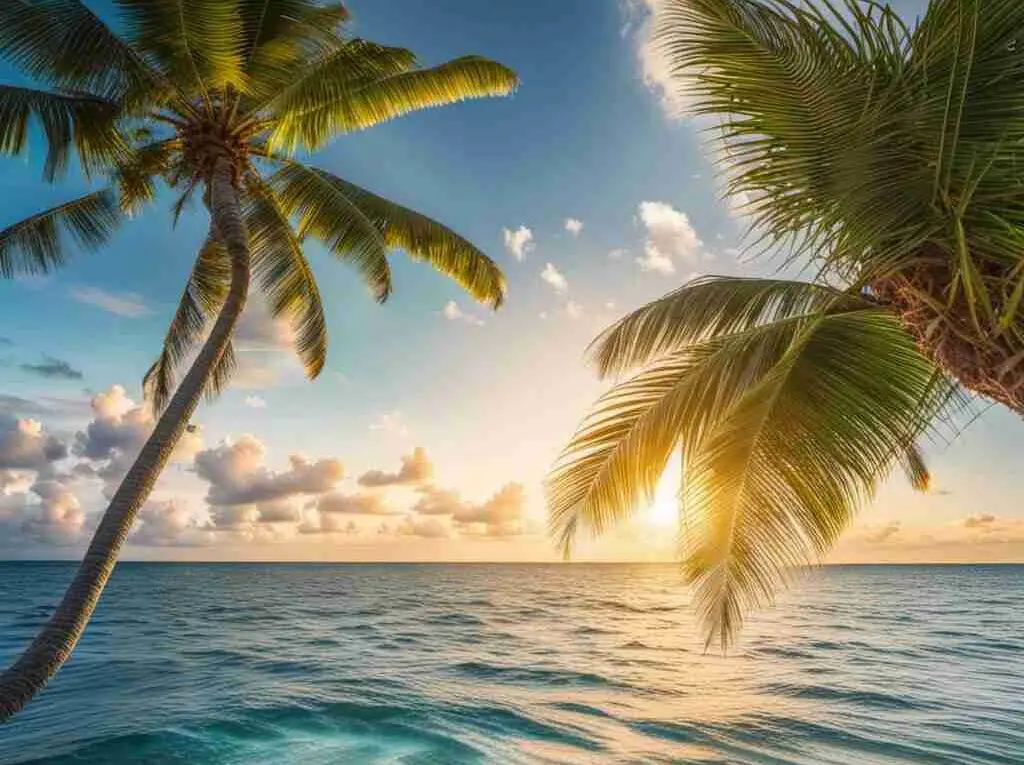What Ocean is St Maarten In? Discover the Caribbean Gem!
Welcome to St Maarten, a beautiful island situated in the Caribbean Sea that belongs to the Lesser Antilles. As you plan your trip to this Dutch Caribbean gem, it is essential to know which ocean St Maarten is in. Luckily, we have the answer for you: St Maarten is located in the Caribbean Sea, which is a part of the Atlantic Ocean.
St Maarten’s geography and coastal area are unique and impressive, making it a popular tourist destination. The island is approximately 34 square miles with a population of around 41,000, and it is divided between the French and Dutch sides. The island’s topography includes rolling hills, rocky cliffs, and beautiful beaches that draw visitors from around the world.
Keep reading to learn more about St Maarten’s location, the ocean surrounding it, and the many activities and attractions available on the island.
Table of Contents
- 1 Key Takeaways
- 2 What Ocean is St Maarten In?
- 3 St Maarten’s Location and Geography
- 4 The Ocean Surrounding St Maarten
- 5 Exploring St Maarten’s Beaches
- 6 St Maarten’s Marine Life
- 7 The Dutch and French Sides of St Maarten
- 8 Activities and Attractions on St Maarten
- 9 Planning Your Trip to St Maarten
- 10 Conclusion
- 11 FAQ – What Ocean is St Maarten In?
- 12 Author
Key Takeaways
- St. Maarten is located in the Caribbean Sea.
- The island is part of the Lesser Antilles in the northeastern Caribbean.
- St. Maarten shares the island with Saint Martin, a French overseas collectivity.
- The Caribbean Sea is known for its warm waters, tropical climate, and stunning marine life.
- St. Maarten’s location in the Caribbean Sea makes it an attractive destination for beach lovers, water sports enthusiasts, and nature seekers.
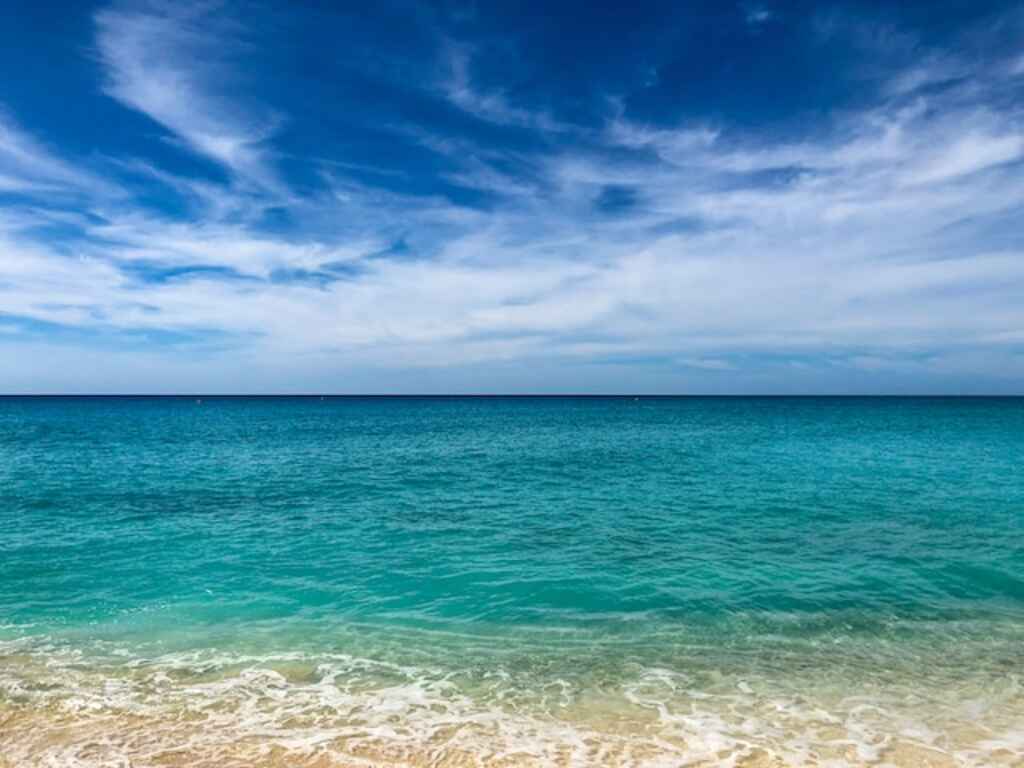
What Ocean is St Maarten In?
St. Maarten, a captivating island known for its beauty and charm, is situated in the Caribbean Sea within the Lesser Antilles region. Sharing the island with Saint Martin, a neighboring French overseas collectivity, St. Maarten offers a delightful blend of Dutch and French influences.
Nestled in the heart of the Caribbean Sea, this tropical paradise beckons travelers with its warm waters, idyllic beaches, and vibrant marine life. Explore the unique cultural heritage, indulge in water sports, or simply bask in the sun on its pristine shores.
St. Maarten’s location in the Caribbean Sea makes it a sought-after destination, promising an unforgettable and enriching experience for every traveler.
St Maarten’s Location and Geography
St Maarten is an island nation located in the northeastern Caribbean Sea, part of the Lesser Antilles and the Dutch Caribbean. The island is divided into two parts: the French side, Saint Martin, and the Dutch side, Sint Maarten.
The island is approximately 34 km² in size and has a population of around 80,000 people. St Maarten’s geography is characterized by rolling hills, white sandy beaches, and crystal-clear waters. The island is surrounded by the Caribbean Sea to the west and the Atlantic Ocean to the east.
The topography of St Maarten is made up of low hills, with the highest peak, Pic Paradis, standing at 424 meters. The island’s beaches are considered some of the most beautiful in the world, with white sands and clear waters that offer ample opportunities for swimming, snorkeling, and diving.
The weather on St Maarten is warm and sunny year-round, with an average temperature of 28°C (82°F) and a tropical climate. The rainy season runs from June to November, with September being the wettest month.
Neighboring Islands
St Maarten is located near several neighboring islands, including Anguilla to the north, Saba to the south, and St Barthélemy to the east. These islands are known for their natural wonders and offer easy access for day trips or extended stays.
| Island | Distance from St Maarten |
|---|---|
| Anguilla | 19 km (12 mi) |
| Saba | 34 km (21 mi) |
| St Barthélemy | 34 km (21 mi) |
The Ocean Surrounding St Maarten
St Maarten is located in the Lesser Antilles and is part of the Dutch Caribbean. The island is situated in the northeastern Caribbean Sea, roughly 150 miles east of Puerto Rico. It is divided between two countries: France occupies the northern portion of the island, while the southern portion belongs to the Kingdom of the Netherlands.
The Caribbean Sea lies to the west of St Maarten, while the Atlantic Ocean is to the east. The island’s coastal area is a mix of rocky cliffs, sandy bays, and mangrove forests. The ocean’s warm, crystal-clear waters attract tourists from around the world, who come to enjoy the beaches, snorkeling, and scuba diving opportunities.
“St Maarten’s position at the crossroads of the Caribbean Sea and the Atlantic Ocean gives it a unique mix of cultures, landscapes, and marine life.”
Due to its location, St Maarten is prone to hurricanes during the Atlantic hurricane season, which runs from June to November. However, the island has a sophisticated weather monitoring system in place, and tourists can find up-to-date information and warnings from the island’s government and tourism board.
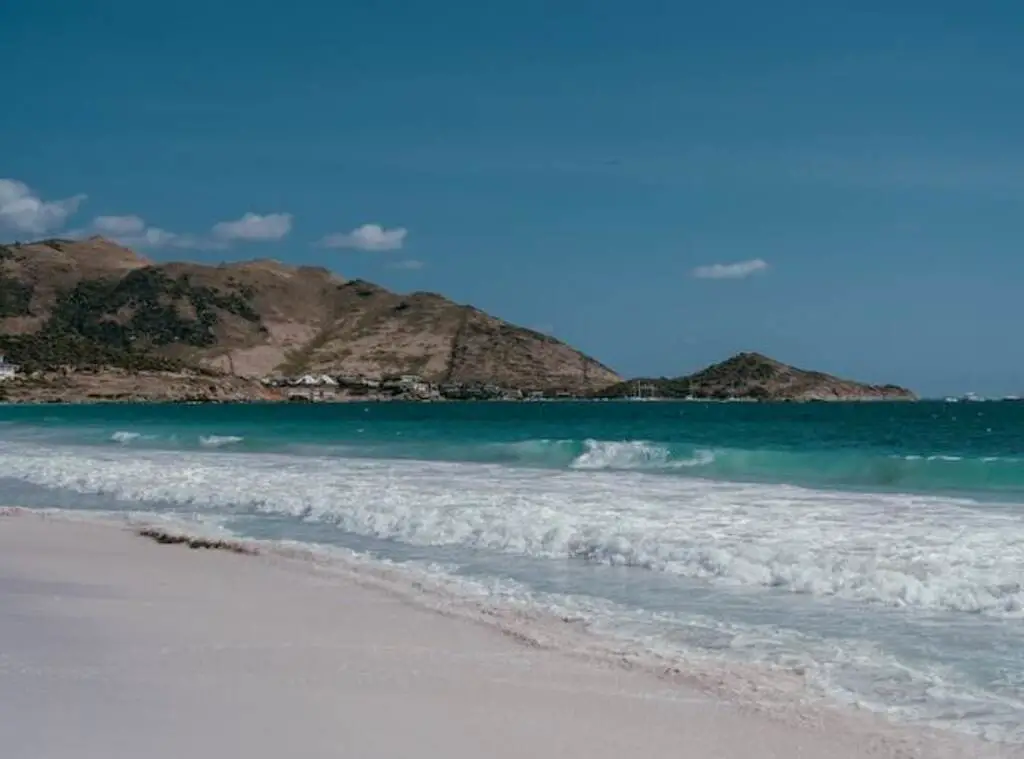
Exploring St Maarten’s Beaches
St Maarten’s coastal area is renowned for its beautiful beaches, offering visitors the perfect place to relax and unwind. With over 30 beaches to choose from, each with its own unique character, there is a beach to suit everyone’s taste and preference.
| Beach Name | Location | Description |
|---|---|---|
| Maho Beach | Dutch side | Located directly adjacent to Princess Juliana International Airport, Maho Beach is a popular spot for plane spotting as airplanes fly in low to land. |
| Orient Bay Beach | French side | Orient Bay Beach is one of the most popular beaches on the island. It has a range of activities available, including jet skiing, parasailing, and windsurfing. |
| Cupecoy Beach | Dutch side | Cupecoy Beach is known for its unique rock formations and caves. It is a quieter beach with fewer amenities, making it ideal for those seeking a more secluded getaway. |
| Mullet Bay Beach | Dutch side | Mullet Bay Beach is a wide, crescent-shaped beach with crystal-clear water and soft sand. It is a popular spot for swimming and snorkeling. |
It is important to note that some of the beaches on the island, particularly those on the French side, may have clothing-optional sections. Visitors should be mindful of local customs and etiquette to avoid any misunderstandings or offense.
Aside from swimming and sunbathing, many of the beaches offer a range of activities such as beach volleyball, water sports, and boat tours. Visitors can also explore the surrounding areas, taking in the stunning scenery and local wildlife.
It is crucial to preserve these beautiful beaches for future generations. Visitors are encouraged to clean up after themselves and avoid littering or damaging the natural habitat in any way.
St Maarten’s Marine Life
St Maarten is not only home to breathtaking beaches and clear waters, but also a rich and diverse marine life. The Caribbean Sea surrounding the island is filled with a plethora of fish species, turtles, and vibrant coral reefs.
The warm waters of St Maarten host a variety of tropical fish, such as parrotfish, angel fish, and grouper, just to name a few. These fish species can be seen by snorkeling or scuba diving. Many tour operators organize guided tours around the island’s marine life, providing both educational and entertaining experiences.
“The warm waters of St Maarten host a variety of tropical fish, such as parrotfish, angel fish, and grouper, just to name a few.”
St Maarten is also home to five different species of sea turtles, who come to the island to lay their eggs between the months of March and August. These turtles can often be spotted while snorkeling or diving, but it is important to maintain a safe distance to ensure their protection.
The coral reefs surrounding St Maarten make for excellent diving and snorkeling spots, as they offer a unique and beautiful underwater scenery. Some of the most popular dive sites include Proselyte Reef, a protected area filled with hard and soft corals, and the Man ‘o War Shoals, known for its underwater tunnels and caves.
It is important to note that St Maarten takes great pride in preserving its marine life. The Sint Maarten Nature Foundation, together with local businesses, have initiated several conservation projects aimed at preserving the island’s ecosystem. Visitors are encouraged to respect the ocean and its inhabitants by avoiding littering and harming the marine life.
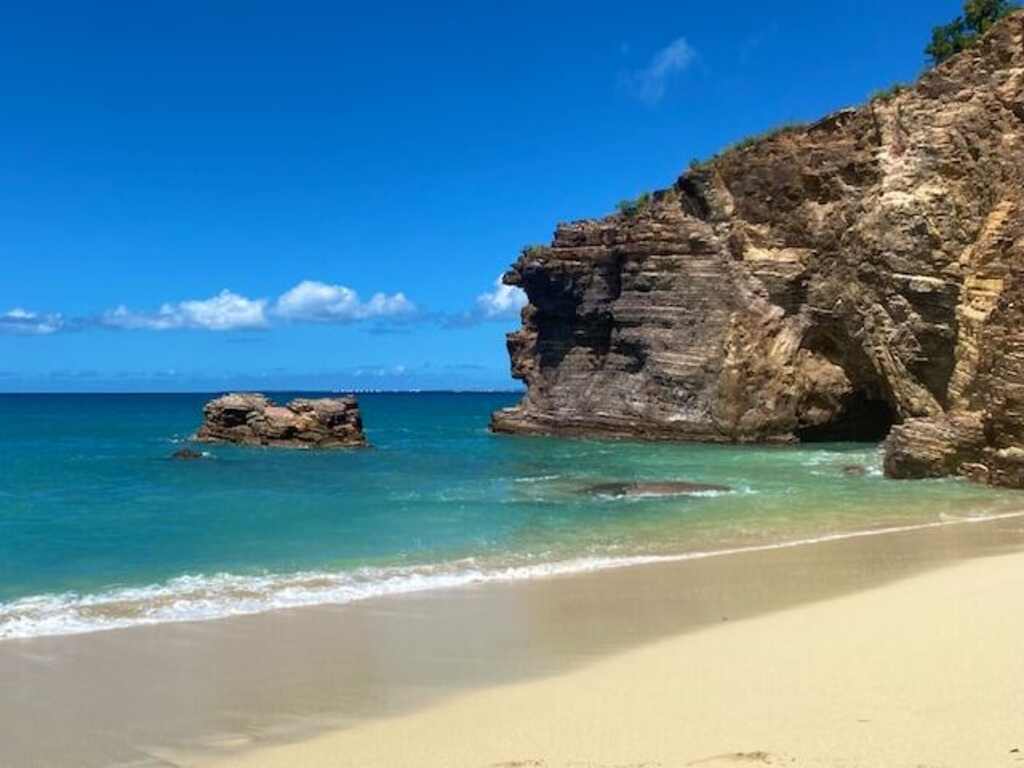
The Dutch and French Sides of St Maarten
St Maarten is a unique island with two distinct cultures coexisting within its borders. The northern side of the island is the French side, known as Saint Martin, while the southern side is the Dutch side, known as Sint Maarten.
The division of the island dates back to the 1600s when it was first colonized by the French and Dutch. The two nations signed a treaty in 1648, agreeing to split the island between them. Today, the French and Dutch sides maintain their own governments, languages, and cultures.
Visitors to St Maarten can experience the unique blend of European and Caribbean culture on both sides of the island. The Dutch side is known for its lively nightlife, shopping, and casinos, while the French side offers a more laid-back atmosphere with gourmet cuisine, boutique shops, and art galleries.
The Dutch Side of St Maarten
The Dutch side of St Maarten is home to the capital city of Philipsburg, where visitors can explore the historic Fort Amsterdam, stroll along the boardwalk, and enjoy duty-free shopping. The island’s largest concentration of resorts and hotels can also be found on the Dutch side, making it a popular destination for tourists.
The Dutch side is also known for its beautiful beaches, including Maho Beach, which is famous for its close proximity to the airport runway. Visitors can watch planes take off and land just a few feet above their heads.
The French Side of St Maarten
The French side of St Maarten is known for its relaxed vibe, charming villages, and world-class cuisine. Visitors can explore the colorful town of Marigot, where they can browse open-air markets, sample French pastries, and soak up the Caribbean sun on the beach.
One of the French side’s top attractions is the Loterie Farm, a nature reserve and adventure park where visitors can hike, zip-line, and swim in a natural pool surrounded by lush tropical gardens.
Regardless of which side you choose to explore, St Maarten offers a unique and memorable experience for all visitors.
Activities and Attractions on St Maarten
St Maarten offers a wide variety of activities and attractions for visitors to enjoy during their stay on the island.
Water Sports
The crystal-clear waters surrounding St Maarten are perfect for a range of water sports, including snorkeling, scuba diving, and jet skiing. Many of the island’s beaches offer water sports equipment for rental and guided tours for beginners.
Hiking and Nature Trails
Explore St Maarten’s lush greenery and beautiful landscapes by hiking one of the island’s many nature trails. Popular hikes include Sentry Hill Trail and Pic du Paradis, which offers stunning views of the surrounding Caribbean Sea.
Historical Sites
St Maarten has a rich history and culture that can be explored through its many historical sites. Visit Fort Amsterdam, a historical fort built by the Dutch in the 17th century, or the St Maarten Museum, which showcases the island’s history and culture through exhibits and artifacts.
Nightlife and Dining
St Maarten’s nightlife scene is lively and diverse, with a range of bars and nightclubs offering everything from live music to DJ sets. The island also has a thriving culinary scene, with international cuisine and fresh seafood being popular options.
Shopping
St Maarten is known for its duty-free shopping, making it an ideal destination for those looking to indulge in some retail therapy. Popular shopping areas include Front Street in Philipsburg and the Marigot Market.
With so many things to see and do on St Maarten, visitors are sure to have a memorable and enjoyable vacation on this beautiful Caribbean island.
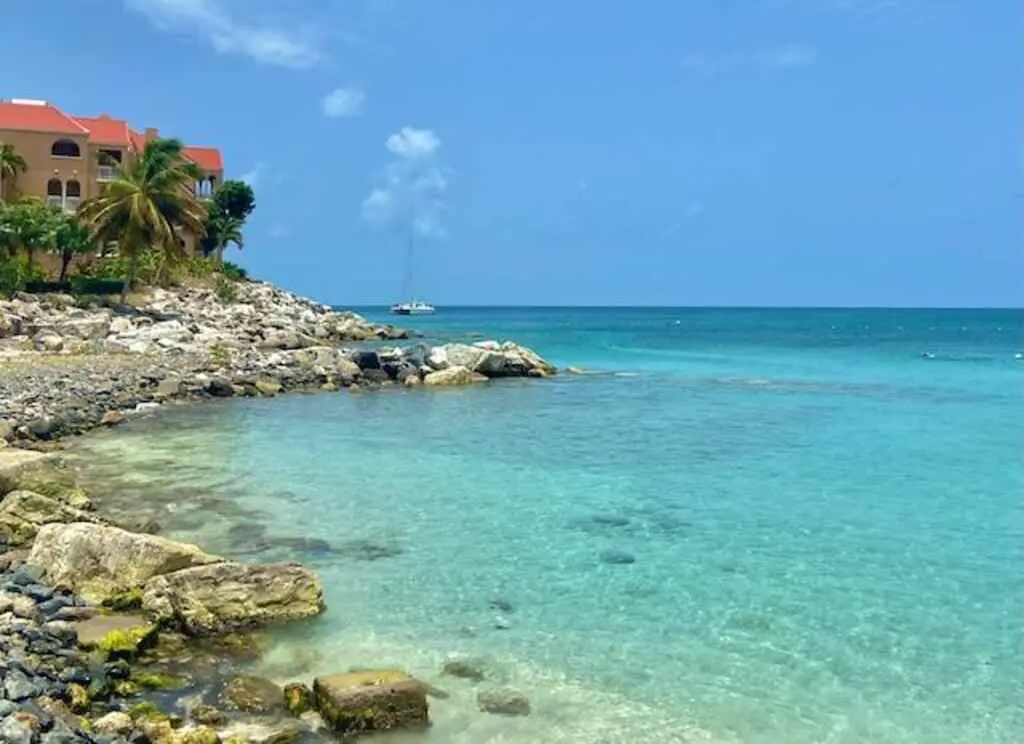
Planning Your Trip to St Maarten
St Maarten is a beautiful island with plenty of activities and attractions to offer visitors. If you are planning a trip to St Maarten, here are some tips to help make your travel experience smooth and enjoyable.
Best Time to Visit St Maarten
The best time to visit St Maarten is between May and June or between November and mid-December, as the weather is great and the crowds are smaller. However, keep in mind that hurricane season runs from June through November, so be sure to check weather reports before traveling.
Getting to St Maarten
St Maarten has an international airport, Princess Juliana International Airport (SXM), which is located on the Dutch side of the island. Flights from major cities in the United States, Europe, and the Caribbean are available and typically take around 4–5 hours. Additionally, the island is a popular cruise port, with many ships making stops throughout the year.
Accommodation and Transportation
There are many accommodation options available on the island, including hotels, resorts, and vacation rentals. It’s best to book in advance, especially during peak travel seasons.
As for transportation, renting a car is a great option for exploring the island, but be aware that driving is on the right side of the road, as the island is split between the Dutch and French sides. Taxis and buses are also readily available.
Travel Documents and Safety Precautions
As St Maarten is part of the Kingdom of the Netherlands, travelers from the United States and other countries may need a visa or other travel document. Check with your embassy or consulate for specific requirements.
It’s also important to be aware of safety precautions, such as carrying identification and valuables with you at all times, avoiding isolated areas at night, and not leaving belongings unattended on the beach.
By following these tips and doing some research beforehand, you can have a safe and enjoyable trip to St Maarten.
Conclusion
In conclusion, St. Maarten is nestled in the beautiful Caribbean Sea, specifically in the Lesser Antilles region. Sharing the island with Saint Martin, a French overseas collectivity, St. Maarten offers a blend of Dutch and French cultures, making it a unique and diverse destination.
Visitors can indulge in the Caribbean Sea’s warm waters, enjoy the tropical climate, and explore the stunning marine life. Whether it’s relaxing on pristine beaches, engaging in thrilling water sports, or immersing in nature’s wonders,
St. Maarten’s location in the Caribbean Sea makes it a dream destination for travelers seeking unforgettable experiences in a picturesque setting.
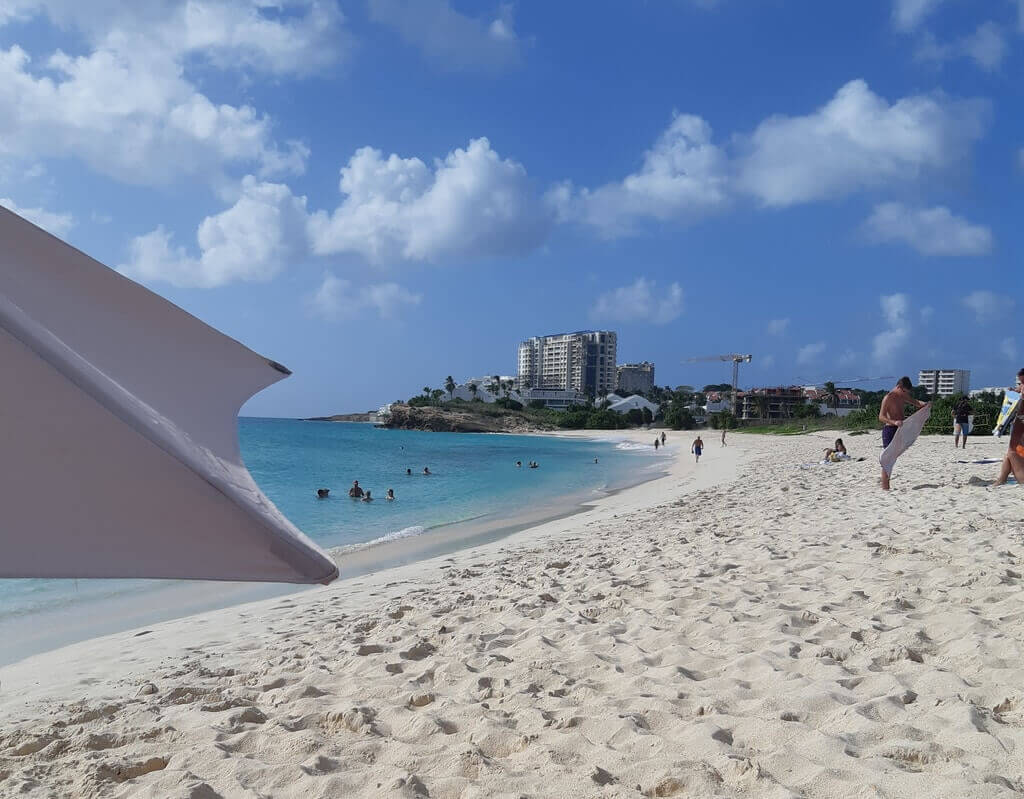
FAQ – What Ocean is St Maarten In?
If you’re planning a trip to St Maarten, knowing which ocean it is in is important for a variety of reasons. Here are some frequently asked questions about St Maarten’s location and the ocean it is in:
What ocean is St Maarten in?
St Maarten is situated in the northeastern Caribbean Sea, with the Atlantic Ocean to its east.
How far is St Maarten from other islands?
St Maarten is located in the Lesser Antilles, a chain of islands in the Caribbean Sea. It is located about 190 miles east of Puerto Rico and 300 miles southeast of Miami, Florida.
What is the climate like in St Maarten?
St Maarten has a tropical climate with warm temperatures year-round. The average temperature is around 82°F (28°C), and the island experiences a rainy season from September to November.
How does the ocean surrounding St Maarten affect the island?
The ocean surrounding St Maarten plays a significant role in the island’s weather and tourism industry. The warm waters of the Caribbean Sea attract visitors for water activities such as swimming, snorkeling, and diving. The Atlantic Ocean brings cooler temperatures and stronger winds, which can impact sailing and surfing conditions. Additionally, the surrounding ocean is home to diverse marine life, making it an important ecosystem to protect and preserve.
Is it safe to swim in the ocean around St Maarten?
Yes, it is generally safe to swim in the ocean around St Maarten. However, it is important to be aware of potential hazards such as strong currents, sharp reef edges, and jellyfish.
How does the ocean affect St Maarten’s weather?
The warm waters of the Caribbean Sea contribute to St Maarten’s tropical climate, while the cooler Atlantic Ocean can bring occasional storms and gusty winds. The island is also susceptible to hurricane season, which typically runs from June to November.
Now that you have a better understanding of St Maarten’s location and the ocean it is in, you can plan your trip with confidence. Remember to take necessary safety precautions and to respect the island’s natural environment during your stay.

